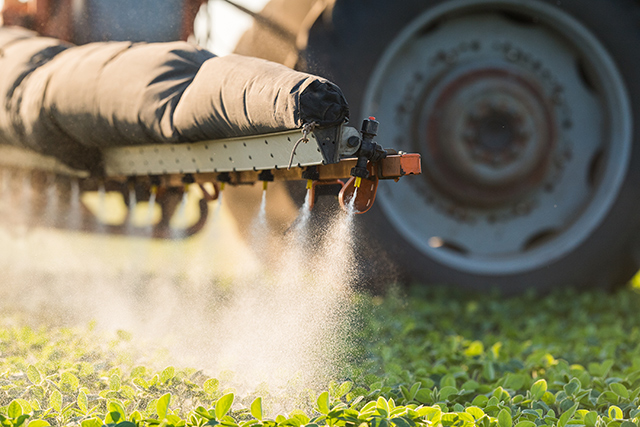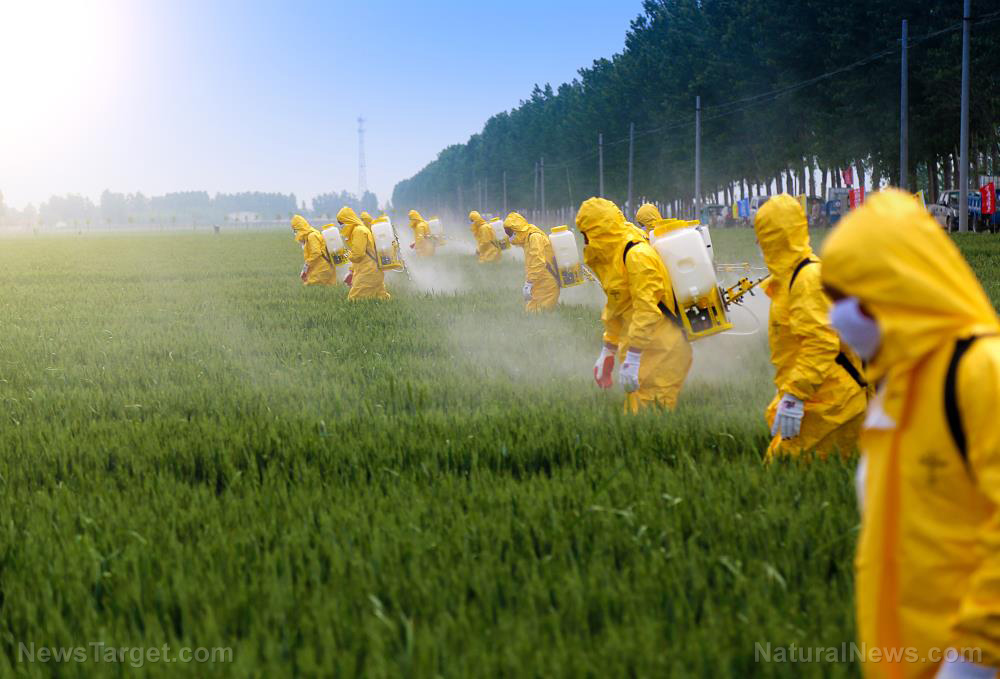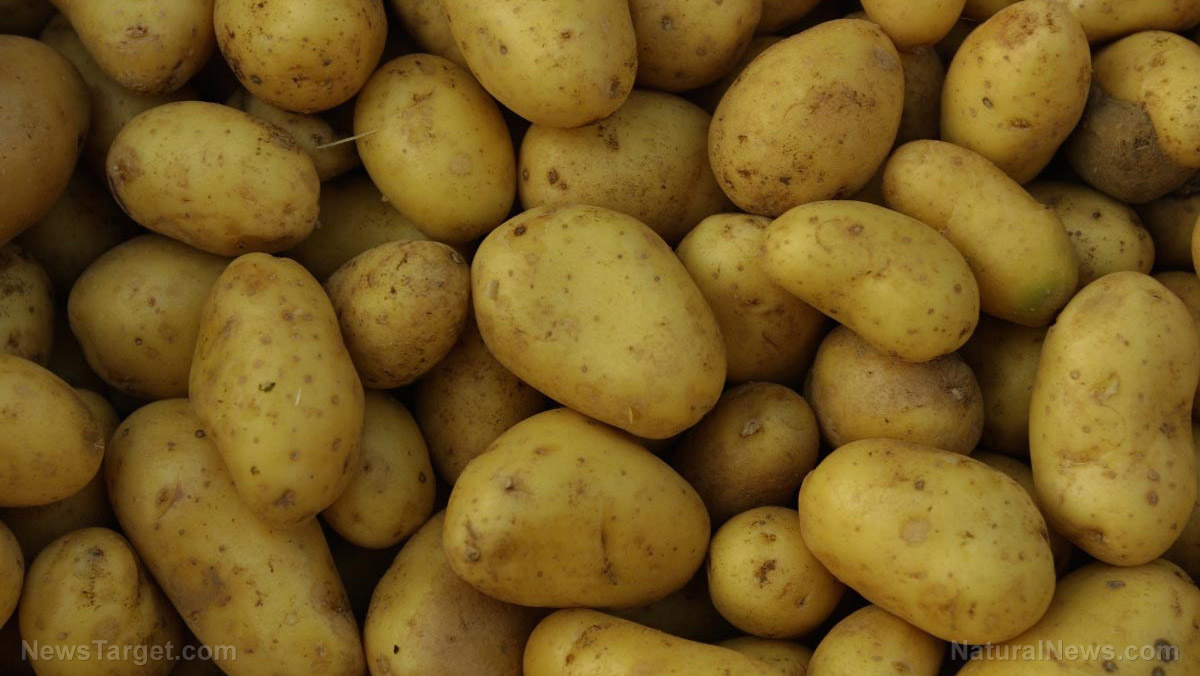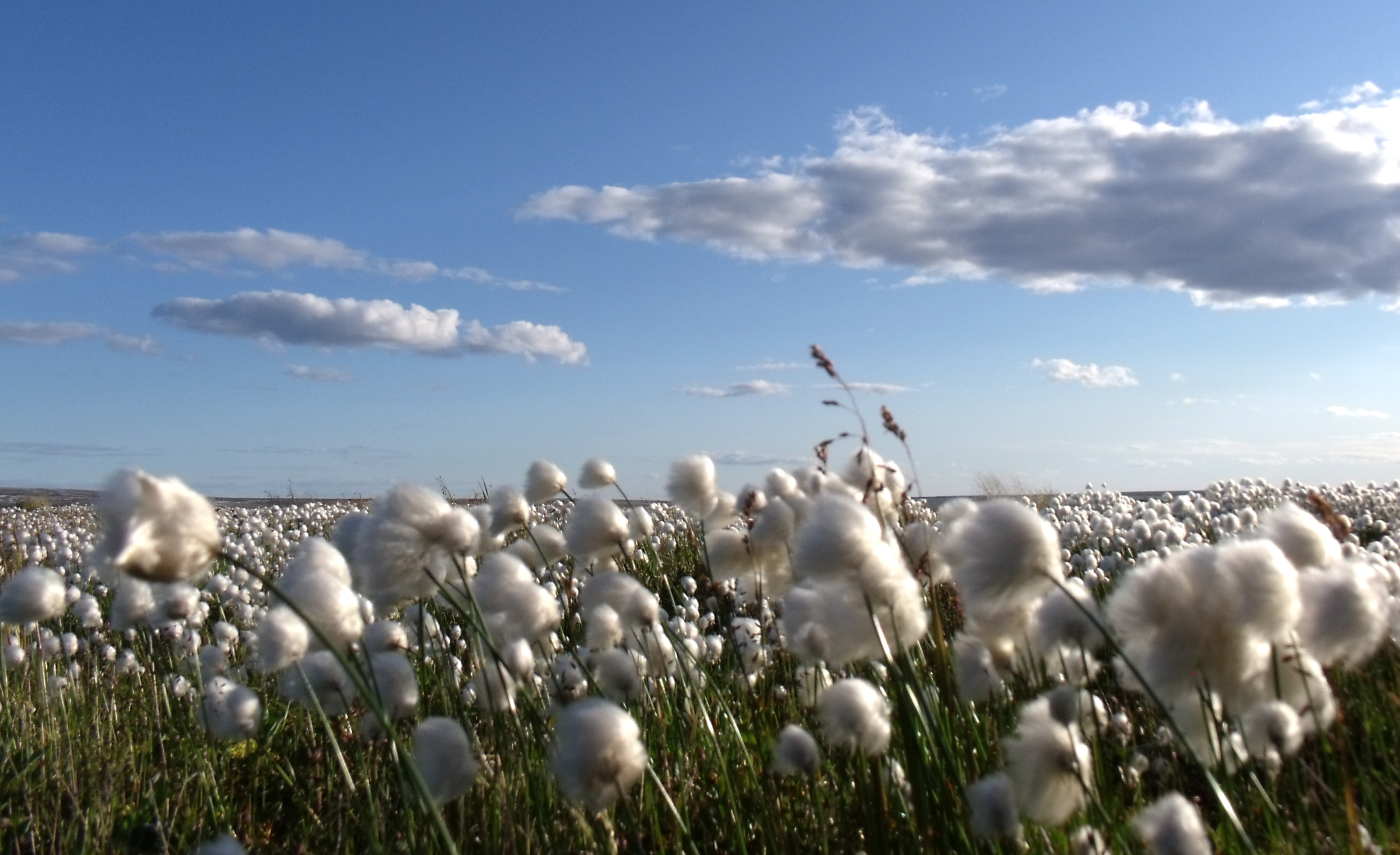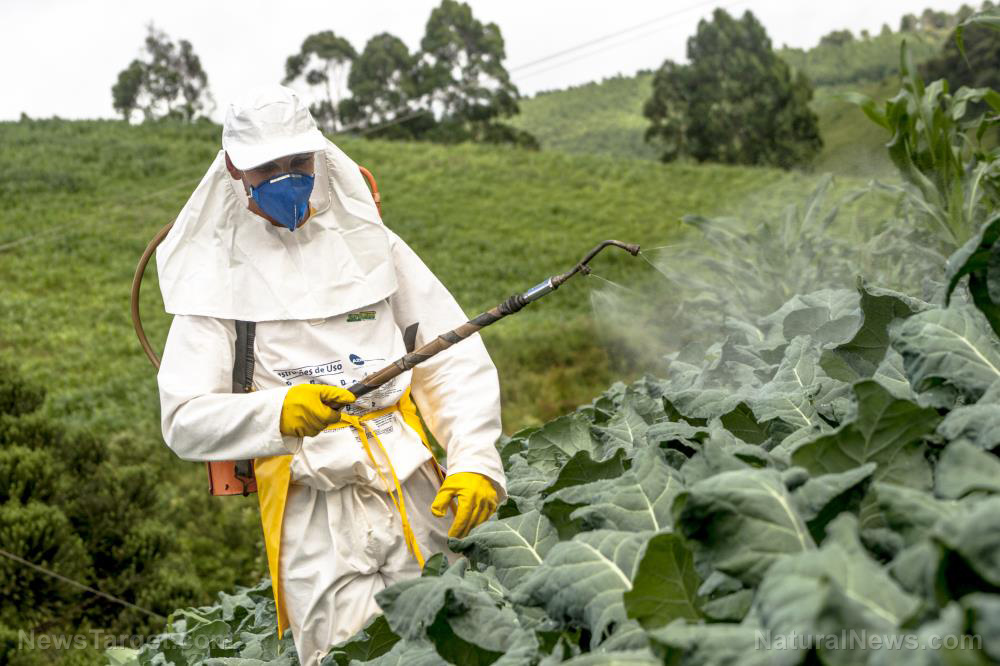Researchers identify corporate agriculture as major contributor to wealth disparity, inequality
11/27/2017 / By Ethan Huff

The more separated that everyday people become from the land in which their food grows (and from the process of “catching” and/or growing it), the greater the wealth gap between the “haves” and the “have-nots” in society, an eye-opening new study has found.
A team of researchers from Washington State University (WSU) and 13 other institutions compiled data from 63 archaeological sites to see how agricultural ways of life throughout history have impacted wealth inequality in various societies and civilizations. To do this, they applied what’s known as the Gini coefficient theory of measuring inequality, which was developed more than a century ago by Italian statistician and sociologist Corrado Gini.
Based on the measures in Gini’s model, a country with complete wealth equality would end up with a “Gini” score of 0, while a country with all of the wealth accumulated in one household would end up with a Gini score of 1. Using this metric, lead author Tim Kohler, a Regents professor of archaeology and evolutionary anthropology at WSU, and his colleagues put together a dataset from which they were able to determine which agricultural models are most associated (as well as least associated) with wealth equality.
Published in the journal Nature, the paper revealed that hunter-gatherer societies in which people routinely had to hunt and forage for food in order to survive had the lowest wealth disparities – meaning wealth was more evenly distributed, as it was much more difficult for any one individual to accumulate masses of wealth. Based on this, the paper assigned hunter-gatherer societies a Gini score of 0.17 – or almost zero.
However, when societies began to discover farming, things began to change. Small-scale, low-intensity farming practices by horticulturists was found to increase the Gini score to 0.27. And as these methods slowly evolved into larger-scale agricultural systems more similar to what we see throughout the developed world of today, the Gini score jumped again to 0.35.
The continued transition from these “Old World” ways of food production into the “New World” ways of today – which include the mammoth-scale factory farms we see all across the “farm belt” that are owned by large corporations like Monsanto – was found to be directly associated with ever-rising Gini scores. In other words, the more mechanized and industrialized food production became, the greater the disparity between wealth throughout society.
Industrial agriculture in America is making some people obscenely wealthy while impoverishing many others
As Old World societies learned how “to literally harness big domesticated mammals like cattle and eventually horse and water buffalo,” to quote the words of Kohler in explaining his findings, rich farmers were given an advantage in acquiring more and more land and expanding into new territories. This had the effect of increasing the wealth of these already-rich farmers while ultimately creating a whole new class of landless peasants.
“These processes increased inequality by operating on both ends of the wealth distribution, increasing the holdings of the rich while decreasing the holdings of the poor,” the researchers found.
Things continued to escalate from here, with the Old World ushering in an age of bronze metallurgy and what the paper likens to “a mounted warrior elite” that drove the Gini scores of societies even higher. The highest Gini scores in the Old World reached 0.59, the researchers say, and yet this is lower than the current Gini scores in places like China and the United States, which clock in at 0.73 and .80, respectively.
Some metrics place the U.S. even higher on the Gini scale, including the 2016 Allianz Global Wealth report that assigned America a Gini score of 0.81. Kohler says he’s even seen the U.S. assigned a Gini score of 0.85, which he says, “is probably the highest wealth inequality for any developed country right now.”
Sources for this article include:
Submit a correction >>
Tagged Under:
agriculture, Big AG, economy, food production, industrialization, inequality, land ownership, mechanization, poverty, social classes, wealth disparity
This article may contain statements that reflect the opinion of the author
RECENT NEWS & ARTICLES
COPYRIGHT © 2017 HARVEST NEWS












